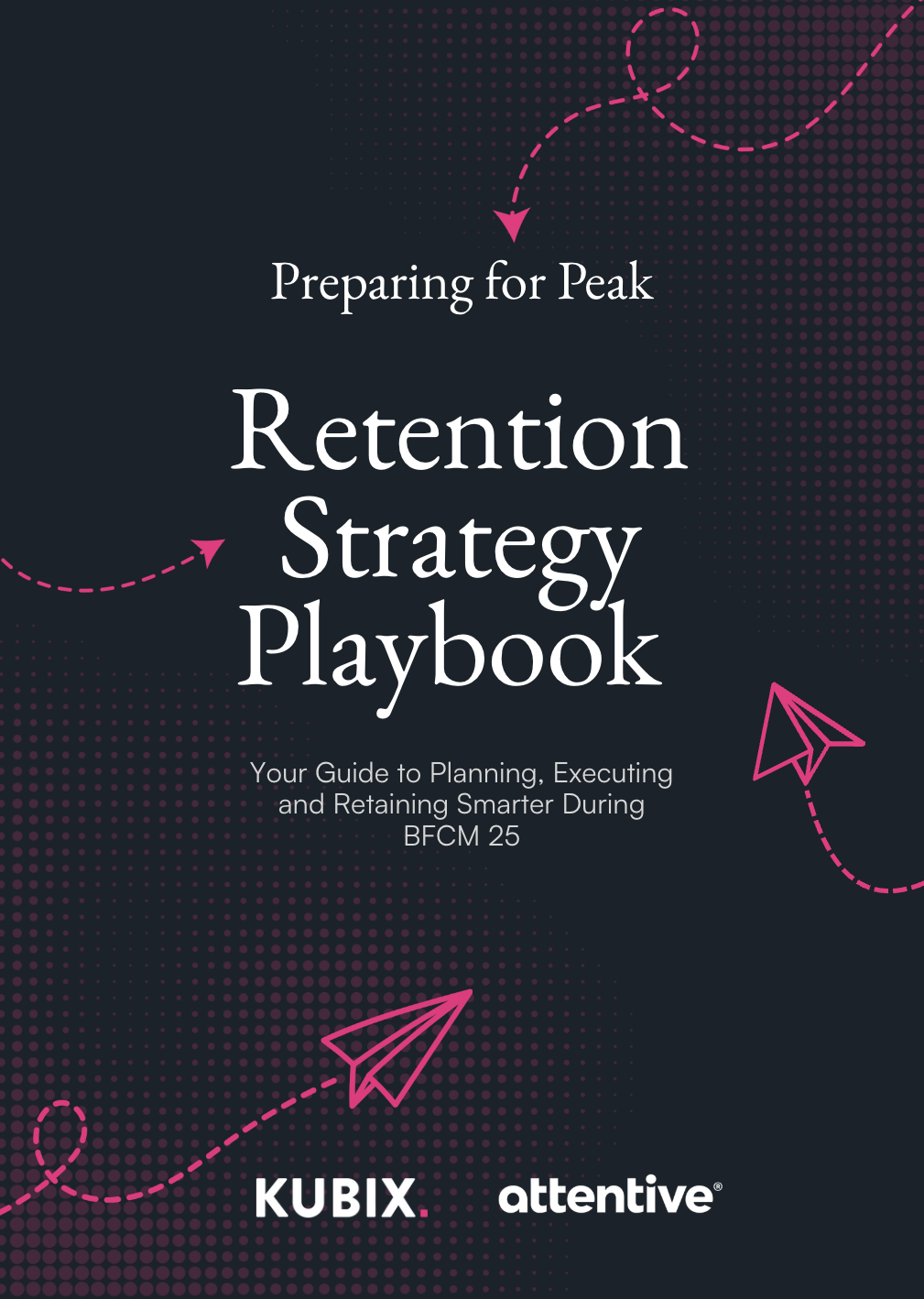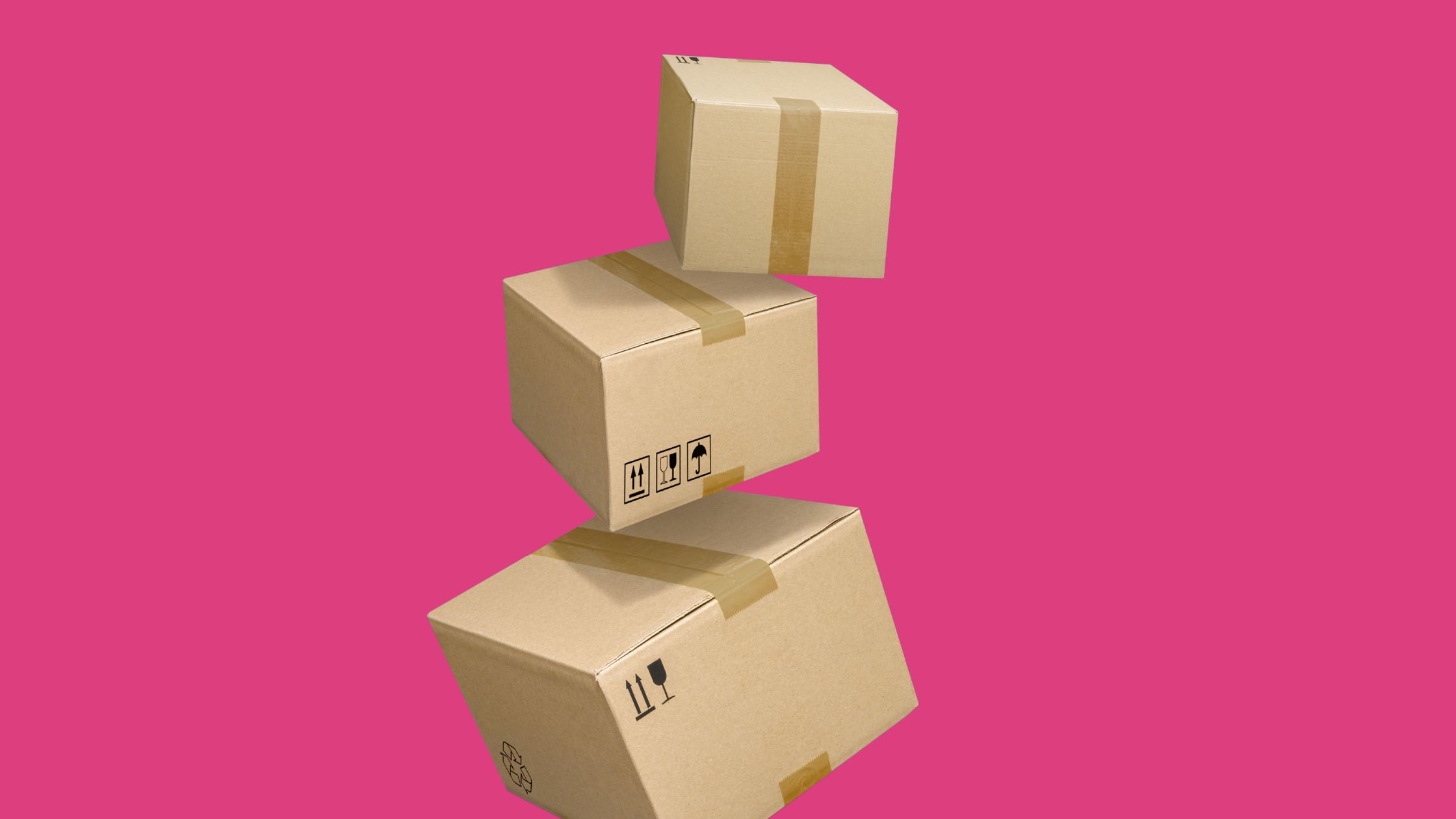Interview multiple candidates
Lorem ipsum dolor sit amet, consectetur adipiscing elit proin mi pellentesque lorem turpis feugiat non sed sed sed aliquam lectus sodales gravida turpis maassa odio faucibus accumsan turpis nulla tellus purus ut cursus lorem in pellentesque risus turpis eget quam eu nunc sed diam.
Search for the right experience
Lorem ipsum dolor sit amet, consectetur adipiscing elit proin mi pellentesque lorem turpis feugiat non sed sed sed aliquam lectus sodales gravida turpis maassa odio.
- Lorem ipsum dolor sit amet, consectetur adipiscing elit.
- Porttitor nibh est vulputate vitae sem vitae.
- Netus vestibulum dignissim scelerisque vitae.
- Amet tellus nisl risus lorem vulputate velit eget.
Ask for past work examples & results
Lorem ipsum dolor sit amet, consectetur adipiscing elit consectetur in proin mattis enim posuere maecenas non magna mauris, feugiat montes, porttitor eget nulla id id.
- Lorem ipsum dolor sit amet, consectetur adipiscing elit.
- Netus vestibulum dignissim scelerisque vitae.
- Porttitor nibh est vulputate vitae sem vitae.
- Amet tellus nisl risus lorem vulputate velit eget.
Vet candidates & ask for past references before hiring
Lorem ipsum dolor sit amet, consectetur adipiscing elit ut suspendisse convallis enim tincidunt nunc condimentum facilisi accumsan tempor donec dolor malesuada vestibulum in sed sed morbi accumsan tristique turpis vivamus non velit euismod.
“Lorem ipsum dolor sit amet, consectetur adipiscing elit nunc gravida purus urna, ipsum eu morbi in enim”
Once you hire them, give them access for all tools & resources for success
Lorem ipsum dolor sit amet, consectetur adipiscing elit ut suspendisse convallis enim tincidunt nunc condimentum facilisi accumsan tempor donec dolor malesuada vestibulum in sed sed morbi accumsan tristique turpis vivamus non velit euismod.
Last week a client was due to our office for a meeting. As this marked the first in-person client meeting since the grand old days of spring 2020, it was considered a date worthy of the Kubix calendar.
“What will you wear?” we asked Rhys, our client’s Account Manager. Rhys looked at us blankly.
“What do you mean?” he said, “I’ll just wear this.”
This meant an oversized t-shirt, black joggers and chunky trainers. An acid wash hoodie was draped over the back of his chair to complete the look.
As a seasoned streetwear shopper, the very idea of Rhys donning anything close to a tailored suit was a fascinating one.
“What about a shirt?” our Head of Projects Jess suggested. “Or a smart jumper? Smart shoes?”
Rhys started to look panicked.
“I don’t own a shirt,” he said. “Or smart shoes. I don’t even wear jeans!”
Rhys joined our team last year mid-pandemic, and after an eye-opening conversation for the older members of our team he revealed that he’d never had to dress formally for a job before.
“You’ve never needed a shirt?” we asked.
“Never,” Rhys said, “It’s not my style.”
Some light teasing ensued, but the message was clear: in today’s post-pandemic world, workwear has taken on a whole new meaning. Fashion might seem like a trivial concern in today’s world where death tolls and social distancing have become daily news, but what this exchange represented was the dynamic shift in our post-COVID outfit choices - both in work and out. Certainly nobody could have guessed a year ago that our suit jackets, high heels and dazzling partywear would still be lying abandoned in the back of our wardrobes waiting to be worn again.
Because what we wear has always been a visual marker of our times; a reflection of our current sociopolitical climate. Major historical events often trigger a change in fashion. Much like escapist 1920s fashion which shrugged off the prim Victorian hemlines and starched collars in favour of flapper dresses and soft suits, the pandemic of the past year has quickly changed the way we dress. This time, instead of dressing up - we’re dressing down.
As a $2.5 trillion global industry ground to a halt back last spring, lockdown forced new athleisure trends to the fore. Comfortable fashion became the order of the day, and it didn’t take long for loose-fitting, softer designs to become our new stay-at-home uniform. Formalwear and stiff tailoring fell, as commuters swapped their suits for sweaters and ditched their ties for tracksuits. Activewear sales rose as people switched from long commutes to home workouts, with sports personalities such as Joe Wicks guiding the nation in his morning exercise classes. Fashion analysis platform Lyst reported that in April 2020 global searches for joggers grew 123% compared to the same time last year, while searches for leggings jumped by 48%. This demand for comfort even extended to our feet - with UK sales of slippers increasing by 46% to £36.8m by September 2020, long before the usual winter rush.

But how did this dramatic shift in fashion retail happen so quickly? As physical retail stores closed their shutters and abandoned their mannequins, fashion houses were suddenly faced with an ultimatum: adapt your business fast, or get left behind. Older department stores started to suffer with their slower processes and outdated looks, whilst fast online businesses had time to flourish, offering speedy delivery and new comfort-focused trends, despite a country in lockdown. The results? Five years of predicted e-commerce growth were compacted into just five months, as even the most technophobic of us were forced to buy everything we needed online. Hoodies, joggers and slipper sales soared, and we all paired them with the new accessory on the block: the face mask. It was a new look, and one that we’d certainly never seen before.
Many would agree that fashion has been in need of a shake up for a while now. As fast fashion brands crept in and dominated the market, many of us were still sticking to trends that had been around since the 90s. Nostalgic revivals have dominated the catwalks for years - nodding back to the 70s, 80s and 90s in turn - without ever creating anything new.

Then lockdown hit, and everything changed. 2020-21 has seen an emergence of different trends as we’ve adjusted to our strange new lives; trends that - dare we say it - could actually be called ‘new’. Where once we squeezed into tight skinny jeans and suit jackets, restrictive garments have been ditched in favour of soft fabrics and uncomplicated fastenings. Coloured joggers now dominate the high streets - as do large puffer jackets; both of which rose in popularity in the winter as we donned our most comfortable items when eating outside on cold evenings. And now, instead of wearing our smartest blazers, designers are layering suit jackets with hoodies underneath to mark this more casual approach to dressing.
Androgynous, comfort-driven clothing has made its mark on ‘20s fashion, and this change is a breath of fresh air. Instead of flimsy high heels and spotless brogues, grounded, hard-wearing boots and trainers have become our go-to choice of footwear. Sales of dress shoes plummeted by 71% in the second quarter of last year - whilst casual footwear brand Dr Martens saw profits soar by 30%. Chunky boots and chunky loafers are now worn on our feet, whilst from the ankle up we’re donning looser styles such as joggers and wide-leg trousers. 2020 saw the death of the skinny jean, with straight-leg, bootcut and flares returning to the high streets.
Of course, it’s not all about the casualwear. When we do tune in for those company round-ups on Zoom or Microsoft Teams, the majority of us are dressing smart from the waist up. Formality on top; casual dress on the bottom has become our daily Zoom uniform. Dressing from the ‘waist up’ has resulted in a 27% increase in fashion tops and an equal decrease in sales of smart trousers and skirts - suggesting that many of us are hiding comfortable joggers and slippers underneath the safety of our home desks.
.jpeg)
Amongst the new fashion trends, there’s also been a changing attitude to the industry as a whole. Whilst people are overall buying less, they’re also buying better. The unconscious, fast-paced consumption of clothing which first began in the 1980s and 90s has long lost its appeal. Instead, sustainable fashion is having its hey-day, with more and more brands recycling clothing and turning to eco-friendly methods of production. The pandemic has accelerated our environmental awareness, encouraging shoppers to spend their pennies wisely on brands who are more accountable. Documentaries about our climate and the impact of wasteful consumption dominate our screens, whilst resell platforms such as Depop, Vinted and Thredup have burst onto the scene, offering a whole new way to sell unwanted clothes. Depop reported a doubling of their turnover since lockdown began with over 25 million users as of December 2020. As the fashion world becomes more sustainable and brands become more accountable everyday, re-commerce is the new word on everyone’s lips.
Swedish brand NA-KD have gone one step further and now offer an entire section of their site to pre-loved items where customers can buy and sell NA-KD stock. Calling this their ‘NA-KD Circle’, it is precisely this kind of circular model that is paving the way for the future of fashion.
Now as we inch into the second half of 2021, it’ll be fascinating to watch how this next chapter of fashion unfolds. Thankfully sustainable fashion shows no sign of abating, but the real question mark hangs over the fate of our go-to hoodies, joggers and working-from-home gear. Whilst it’s tempting to assume that this athleisure trend will continue long into the future with increasing levels of casual attire, the reality is unlikely to be the case. As lockdown restrictions ease up and old social habits are rediscovered, it’s more likely that people will reignite their love for dressing up. The real struggle will be faced by tailoring shops and workwear specialists, who will undoubtedly lose out as many people continue working from home. When people eventually return to nightclubs, bars and holidays abroad, fashion will split into two camps: those who continue to wear athleisure no matter the venue; and those who are reaching into the back of the wardrobe for a bit of post-lockdown glamour. If the famous TikTok voiceover of: “Love it. Couldn’t wear it!” is anything to go by, most are excited to get back to their abandoned going-out gear.
And as for Rhys and our future client meetings?
He took our advice and finally bought a shirt.
Ready to Begin your Black Friday Preparation?
We've teamed up with Attentive to compile this complete how to guide for planning, executing and retaining smarter during BFCM 25. Download your copy now:









.png)
